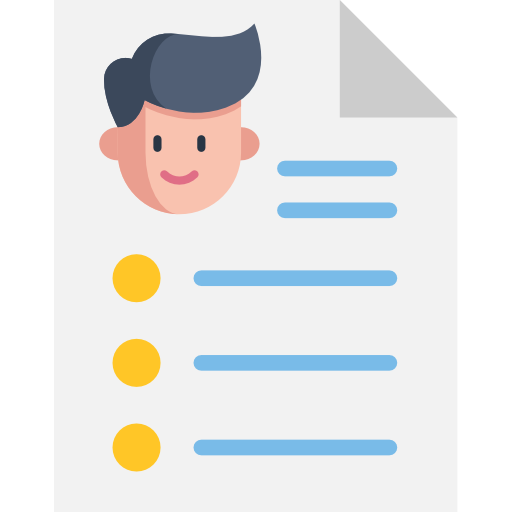Résumé
A résumé is a brief summary of your career objective, education, experience, qualifications and skills. It is a selling tool used to get an interview. It may be the first document an employer sees about you.
Chronological résumé is most commonly used. It highlights your education and experience in reverse chronological order, with the most recent position listed first. Most of the employers are familiar with this type of résumé.
- Respond to the job description of the advertisement and the employer’s needs;
- Highlight your relevant experience and achievements;
- State only productive and positive information;
- Limit to one to two pages;
- Organize it in a logical and readable way – typed, basic font (such as Times New Roman, Arial or Calibri), font size 10-12, one-inch margins, bold titles;
- Use “header/footer” to state your name, contact number and page number if the résumé is more than one page;
- Ensure no spelling and grammatical mistakes;
- Save it as a PDF, unless the employer requires a different format, so as to ensure that the employer can view it exactly as you look on your computer.
- Use “I”;
- Numbering;
- Include personal information such as marital status, religion, race, age, nationality, date of birth, ID number unless the employer requests;
- Write “Résumé/Curriculum Vitae” at the header/footer;
- Ask for a concrete salary amount;
- Include anything that can disqualify you – Have you been fired? Is your GPA weak?
- Include illegal work experience;
- Apply the same template to different job applications.


